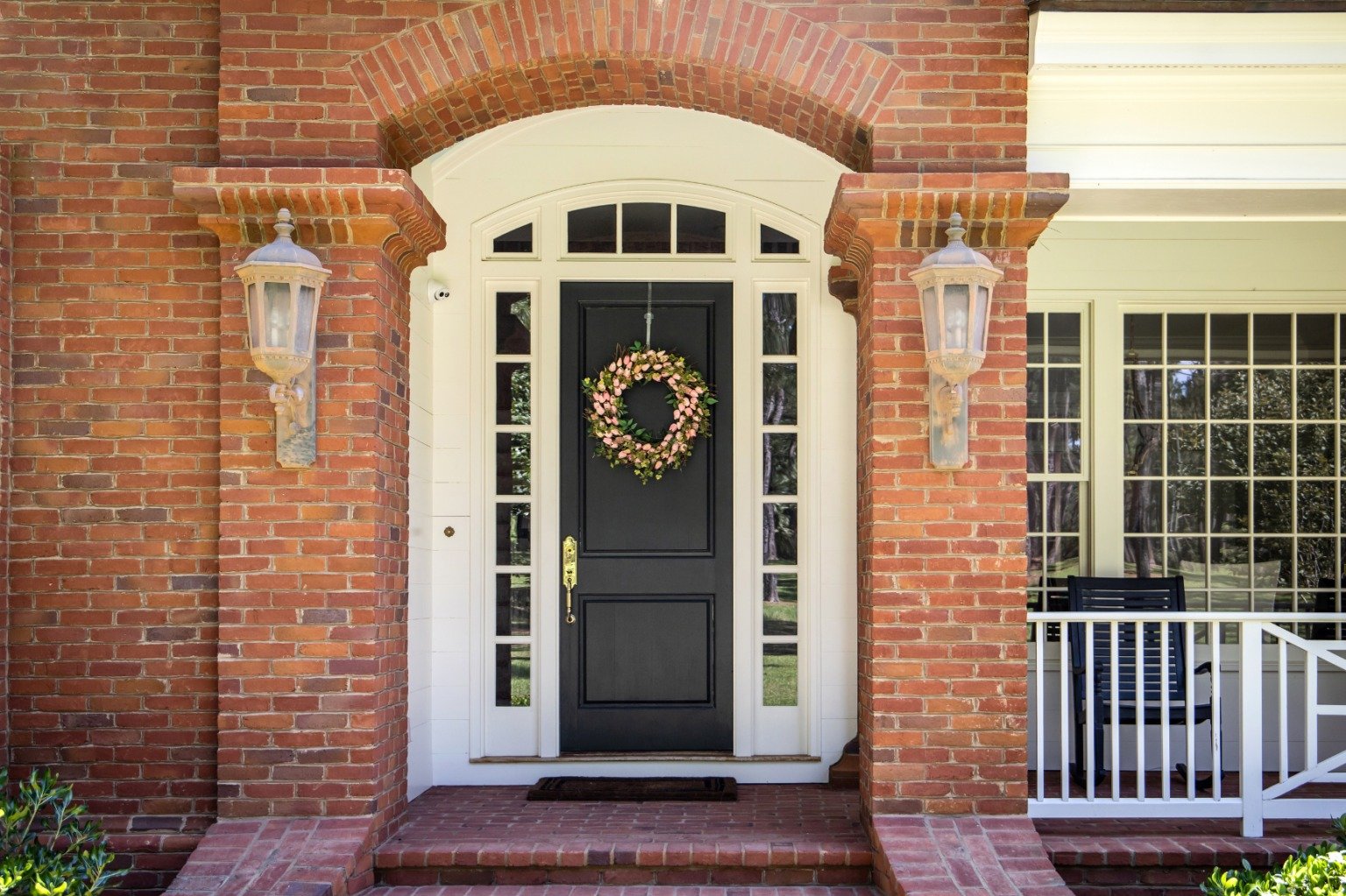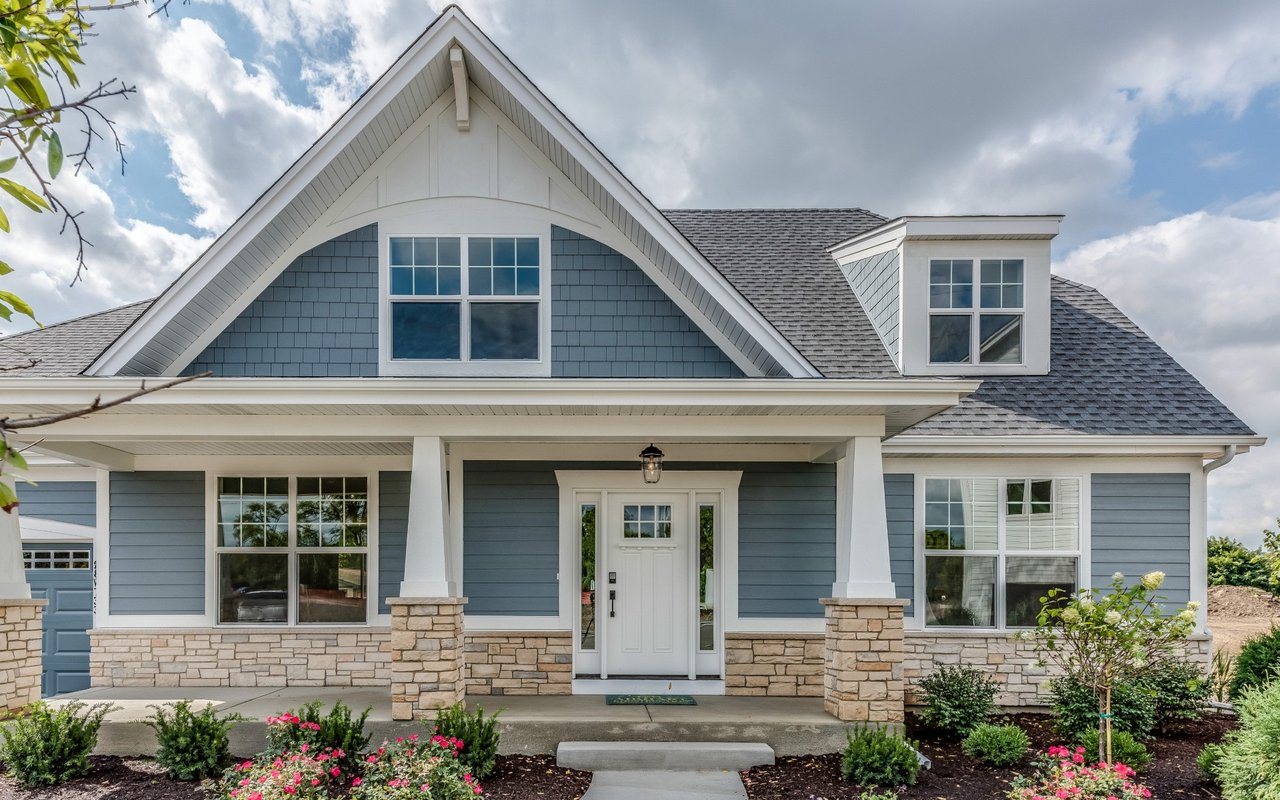
What You Need to Know About Your Homeowners Insurance
Ann Byer December 19, 2023

Ann Byer December 19, 2023


Establish open communication with your insurance provider. Report changes promptly, and don’t hesitate to ask questions. A proactive approach ensures a smoother claims process and helps maintain an accurate representation of your property.
In conclusion, knowing the intricacies of your homeowners insurance is paramount for safeguarding your most significant investment. Regularly reassess your policy, stay informed about coverage details, and maintain a strong partnership with your insurance provider for peace of mind in the unpredictable journey of homeownership.

Discover seven key signs that indicate it might be time to downsize your home.

Discover practical tips to enhance energy efficiency in your home, saving money.

Discover essential tips to prepare your home for sale and maximize its value.

Explore actionable tips and strategies to make home ownership affordable, for first-time buyers.

As a homeowner, maintaining your property is crucial for preserving its value.

Discover the key aspects of homeowners insurance and learn how to navigate policy details.

Discover essential tips for touring a house when buying your first home.

Discover the essential pickleball equipment needed for every player.

Montgomery County has everything you need to dive into the fast-growing world of pickleball.
Ann Byer specializes in providing all of her clients with personable, accessible, resourceful, and efficient service in order to make the home buying and selling experience smooth and rewarding.